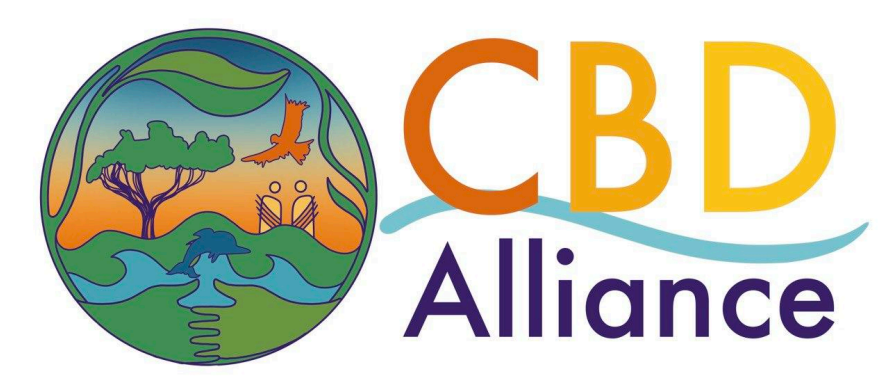Helena Paul, Econexus
The planet is losing biodiversity at alarming rates. Planetary boundaries are breached, with serious negative implications for future generations of human beings and all living organisms and ecosystems. The main driving forces for this ongoing disaster are corporations operating in sectors such as food and agriculture, forestry, mining, energy, infrastructure, and finance, which are wreaking havoc around the planet.
Many countries—particularly those most impacted by biodiversity loss in the Global South—are unable to enforce stringent environmental regulations due to economic dependencies, including debt-related pressures. Such situations can lead to a race to the bottom in environmental regulation, which will further destroy biodiversity and have severe social impacts everywhere.
Previous efforts to address this issue were organised in the “Mainstreaming biodiversity in all sectors” negotiations. This led to documents, such as the Long-Term Strategic Approach to Mainstreaming (LTAM) and its Action Plan (AP), which contained many proposals which further undermined the environment and people’s rights, and allowed corporations to continue unchecked growth and environmental degradation. These included false solutions such as Nature-based Solutions, Nature Positive, Biodiversity Offsetting, TNFD, Voluntary Certification, No Net Loss and Net Gain, multi-stakeholder platforms, and others.
In all of this process, the phrase ‘Biodiversity mainstreaming’ seems to have lost the link with what it should actually mean: making biodiversity and its protection central to the policy-making of all governments.
This happened as the result of an unbalanced and untransparent process, which allowed for the input of corporate actors, without Parties ever discussing the content of the resulting papers in plenaryi, and with little involvement from rightsholders or civil society in the whole process.The aim of the CBD as an institution is to ensure multilateral coordination towards strong environmental regulation. The CBD should set up a new process at COP 16, with the meaningful engagement of Indigenous Peoples, local communities, women, youth, other rightsholders and civil society, to develop global policies that ensure all countries apply robust regulations to prevent further biodiversity destruction in a multilaterally coordinated way. The objective and suggested name of this process would be “ensuring coherent multilateral regulation to protect biodiversity”.
Stating that the Global Biodiversity Framework already addresses mainstreaming does not take into account that the GBF itself has gaps, weaknesses and internal contradictions. Therefore, it does not fully reflect what the protection of biodiversity as a major priority should actually entail.
True biodiversity protection is an urgent priority that should be fully discussed and developed in plenary with Parties and Observers, in a new process that learns from the procedural and content shortcomings of the mainstreaming process.
